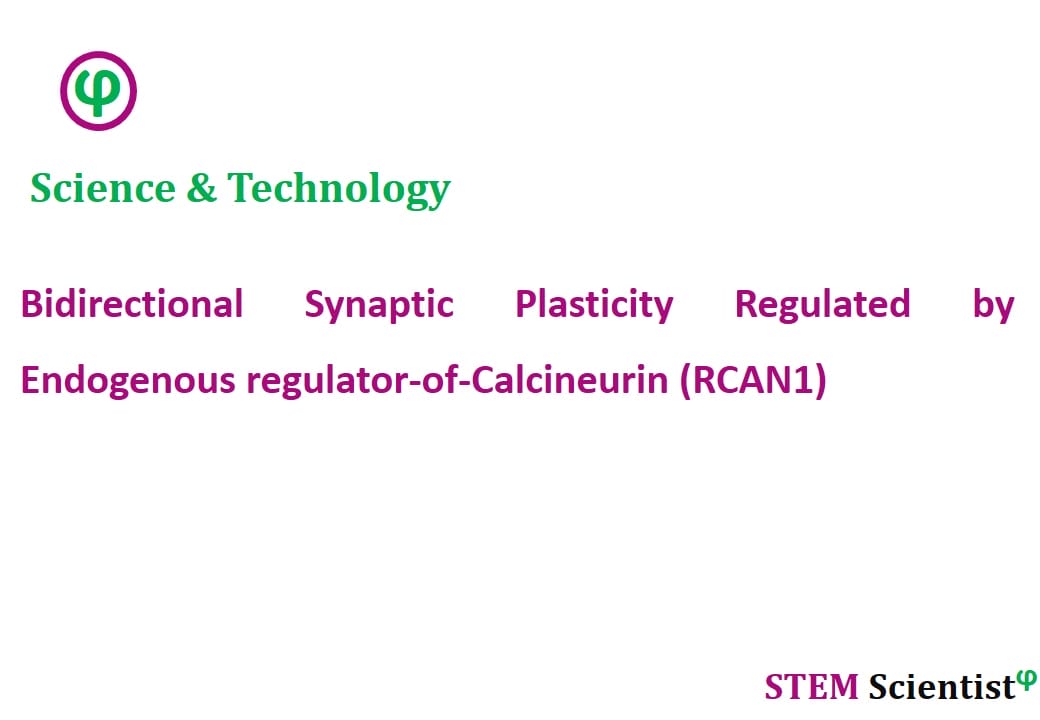
The following study was conducted by Scientists from Département Neurosciences, Groupe de Recherche sur le Système Nerveux Central, Université de Montréal, Montréal, Canada; Centre de Recherche, Centre Hospitalier Universitaire Sainte-Justine, Montréal, Canada. Study is published in Current Biology Journal as detailed below.
Current Biology (2020); https://doi.org/10.1016/j.cub.2020.01.041
RCAN1 Regulates Bidirectional Synaptic Plasticity
Highlights
- Inhibiting GSK3β-dependent phosphorylation of RCAN1 increases synaptic transmission
- Inhibiting GSK3β-dependent phosphorylation of RCAN1 blocks LTD induction
- Inhibiting phosphorylation of RCAN1 at a PKA site blocks LTP induction
- RCAN1 regulates bidirectional synaptic plasticity through its regulation of calcineurin
Summary
Synaptic plasticity, with its two most studied forms, long-term potentiation (LTP) and long-term depression (LTD), is the cellular mechanism underlying learning and memory. Although it has been known for two decades that bidirectional synaptic plasticity necessitates a corresponding bidirectional regulation of calcineurin activity, the underlying molecular mechanism remains elusive. Using organotypic hippocampal slice cultures, we show here that phosphorylation of the endogenous regulator-of-calcineurin (RCAN1) by GSK3β underlies calcineurin activation and is a necessary event for LTD induction, while phosphorylation of RCAN1 at a PKA site blocks calcineurin activity, thereby allowing LTP induction. Our results provide a new mechanism for the regulation of calcineurin in bidirectional synaptic plasticity and establish RCAN1 as a “switch” for bidirectional synaptic plasticity.
Source:
Current Biology
URL: https://www.sciencedirect.com/science/article/pii/S0960982220300853
Citation:
Dudilot, A., E. Trillaud-Doppia, et al. “RCAN1 Regulates Bidirectional Synaptic Plasticity.” Current Biology. https://doi.org/10.1016/j.cub.2020.01.041.


